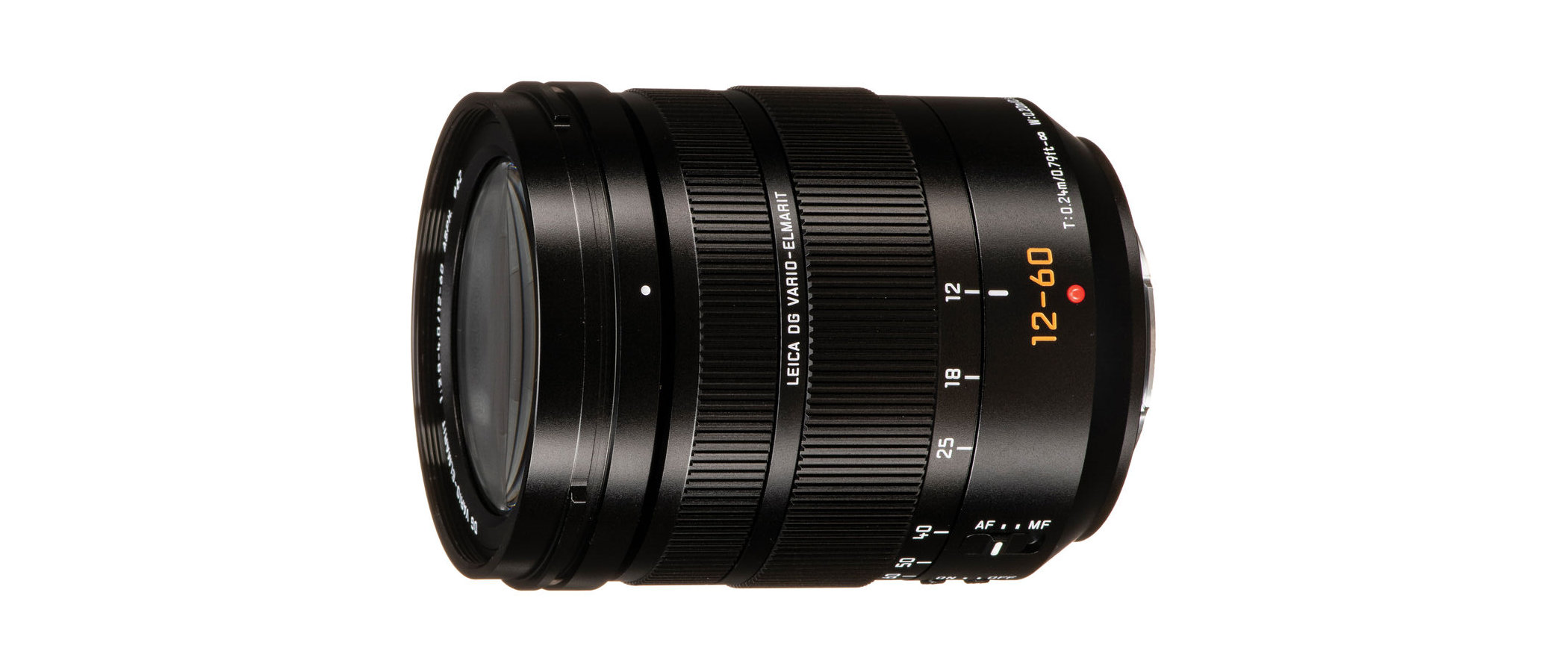Digital Camera World Verdict
A modest zoom range with a constant f/2.8 aperture throughout is the preferred option for many enthusiast and professional photographers. Sure enough, this lens offers f/2.8 at the wide-angle end but stretches further into telephoto territory, with a 24-120mm ‘effective’ range in full-frame terms, dropping an f/stop to f/4 along the way. High-end performance and build quality make it a great travel and walkabout lens.
Pros
- +
24-120mm ‘effective’ zoom range
- +
Compact and lightweight
- +
Excellent build quality
Cons
- -
Variable f/2.8-4 aperture
- -
Mediocre edge-sharpness
Why you can trust Digital Camera World
The Panasonic Leica G Vario-Elmarit 12-60mm f2.8-4 Asph. Power OIS costs about three times as much as Panasonic’s 12-32mm f/3.5-5.6 Asph Mega OIS retractable zoom, often sold as a kit lens with Panasonic’s Micro Four Thirds mirrorless cameras. The 12-60mm is a much more hands-on affair. Whereas the smaller lens lacks any control switches or even a manual focus ring, this one has AF/MF and stabilizer on/off switches for instant control, plus a smooth-action, electronically coupled focus ring. It doesn’t have a retractable design, and is somewhat larger and heavier, at 68x86mm and 320g, but still easily manageable.
Specifications
Mount: Micro Four Thirds
Autofocus: Yes
Image stabilisation: Yes
Lens construction: 14 elements in 12 groups
Angle of view: 84-20 degrees
Diaphragm blades: 9
Minimum aperture: f/22
Minimum focusing distance: 0.2-0.24m
Maximum magnification ratio: 0.3x
Filter size: 62mm
Dimensions: 68x86mm
Weight: 320g
Key features
Unlike many other high-quality standard zooms, including Panasonic’s own LUMIX G X Vario 12-35mm f/2.8 II Asph. Power O.I.S., the 12-60mm doesn’t have a constant-aperture design that enables a widest aperture of f/2.8 throughout the zoom range. The upside is that the zoom range itself is particularly generous, equating to 24-120mm in full-frame terms.
Build quality is very convincing, with a splash, dust and freezeproof construction. Autofocus is driven by a stepping motor that’s quick for stills and smooth for movie capture, along with near-silent operation. Optical image stabilization improves sharpness in practical terms, during handheld shooting. The optical path includes four aspherical elements and two ED (Extra-low Dispersion) elements, and the 9-blade aperture diaphragm is well-rounded.
Performance
The quick and quiet autofocus system proved very capable in our tests, and the optical stabilizer gave around a 3-stop benefit. Center-sharpness is very good, apart from a drop-off at the long end of the zoom range when shooting wide-open at f/4. Edge-sharpness is comparatively disappointing, especially at focal lengths of around 24mm and 60mm. Lateral chromatic aberration and distortions are effectively dealt with by firmware. Overall, image quality is impressive considering the generous zoom range.
Lab results
We run a range of lab tests under controlled conditions, using the Imatest Master testing suite. Photos of test charts are taken across the range of apertures and zooms (where available), then analyzed for sharpness, distortion and chromatic aberrations.
We use Imatest SFR (spatial frequency response) charts and analysis software to plot lens resolution at the center of the image frame, corners and mid-point distances, across the range of aperture settings and, with zoom lenses, at four different focal lengths. The tests also measure distortion and color fringing (chromatic aberration).
Sharpness:
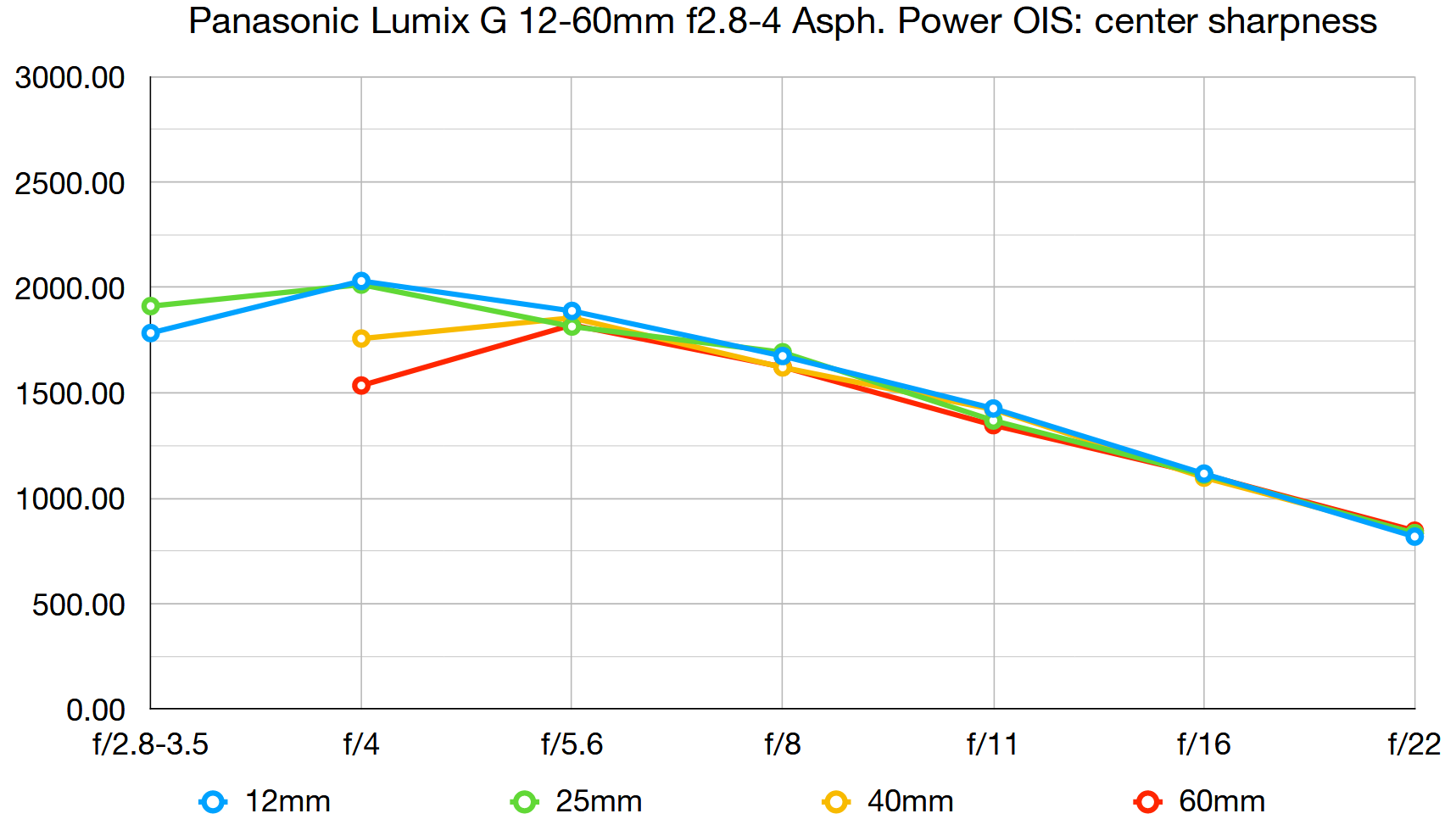
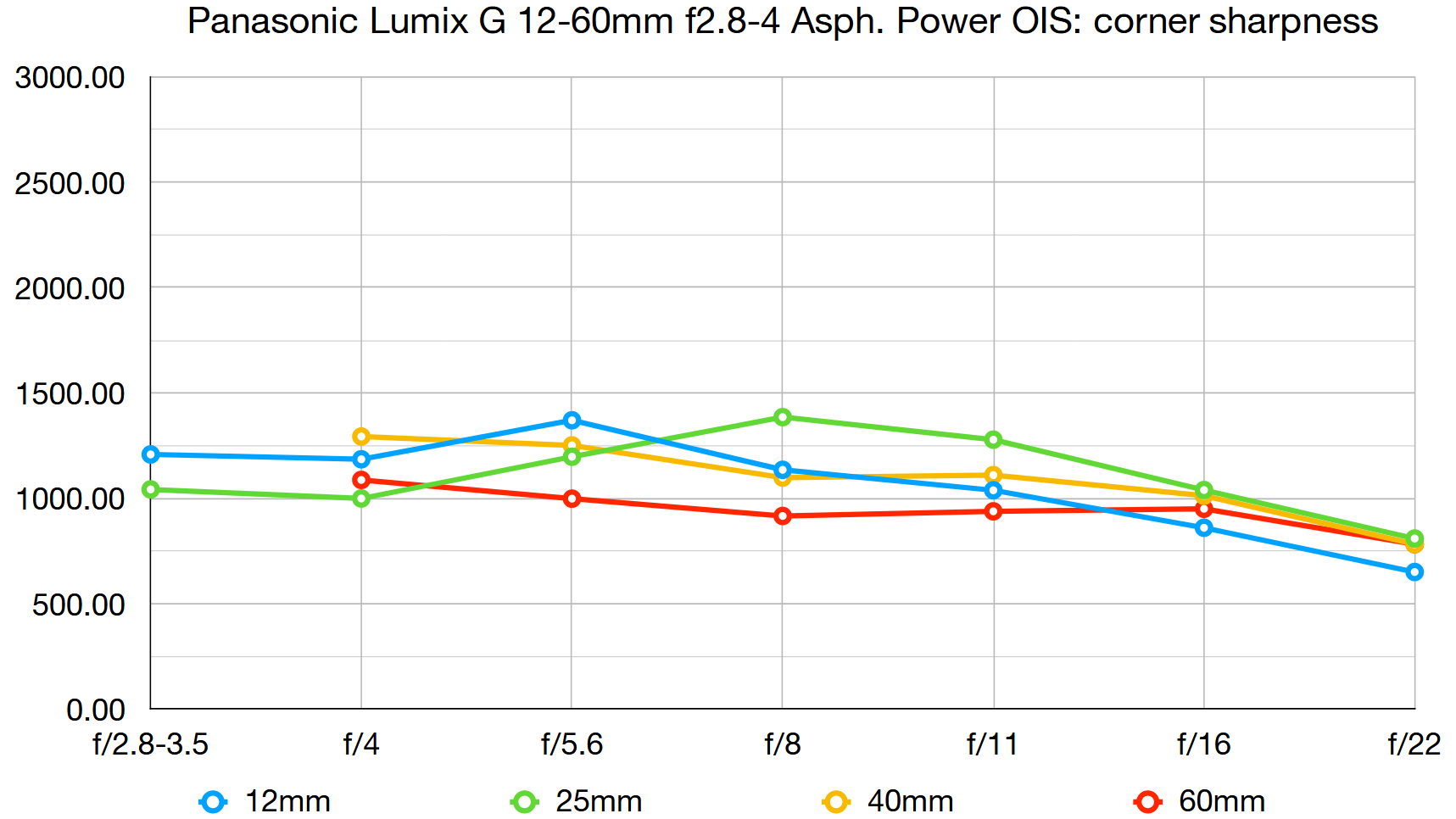
Levels of sharpness are mostly very good, although center-sharpness drops away at 60mm and edge-sharpness is a bit lackluster, especially at 24mm and 60mm focal lengths.
Fringing:
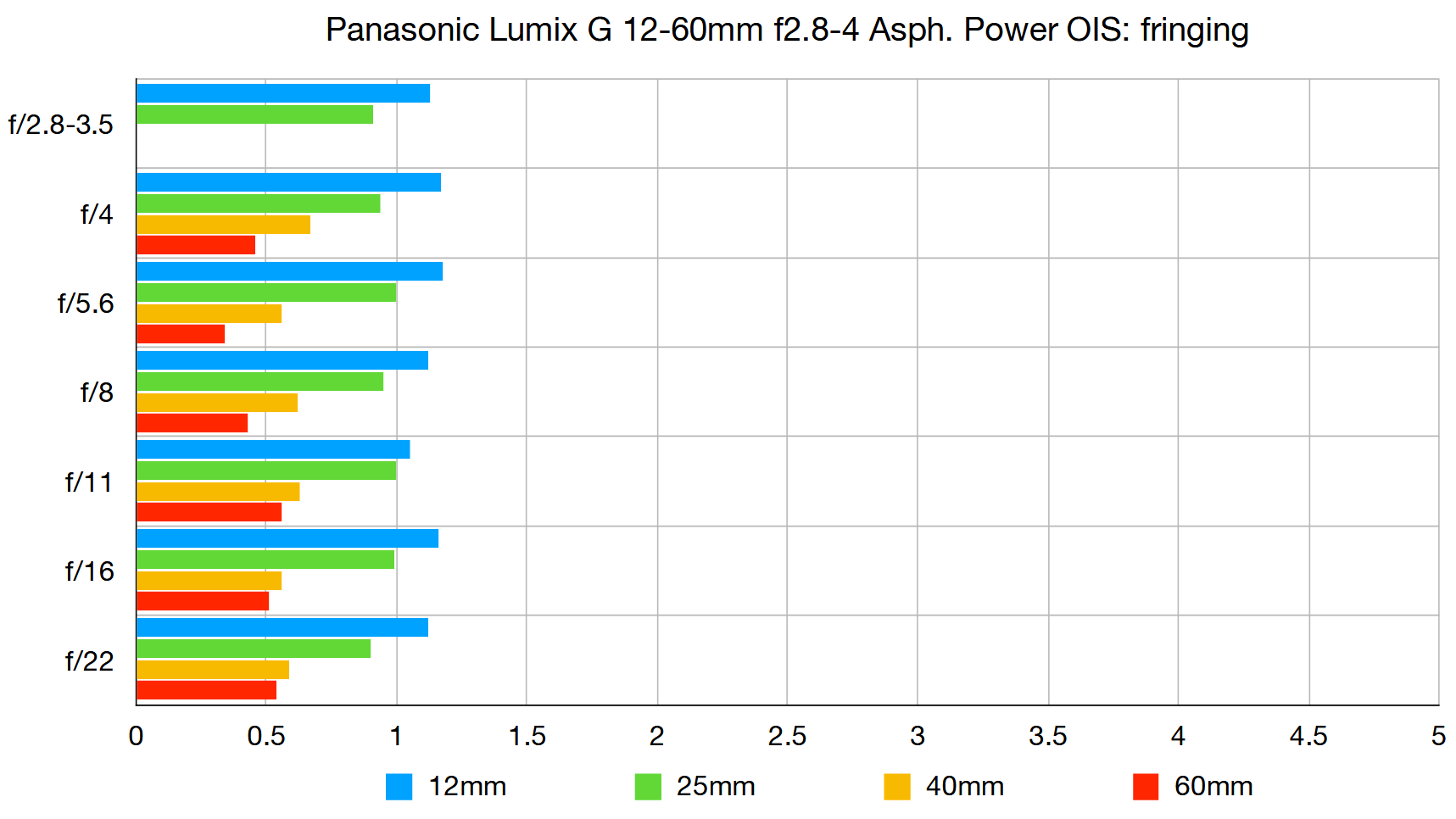
Helped by auto-correction in firmware, there’s very little color fringing, although it can be slightly noticeable in the 12-24mm sector of the zoom range.
Distortion:
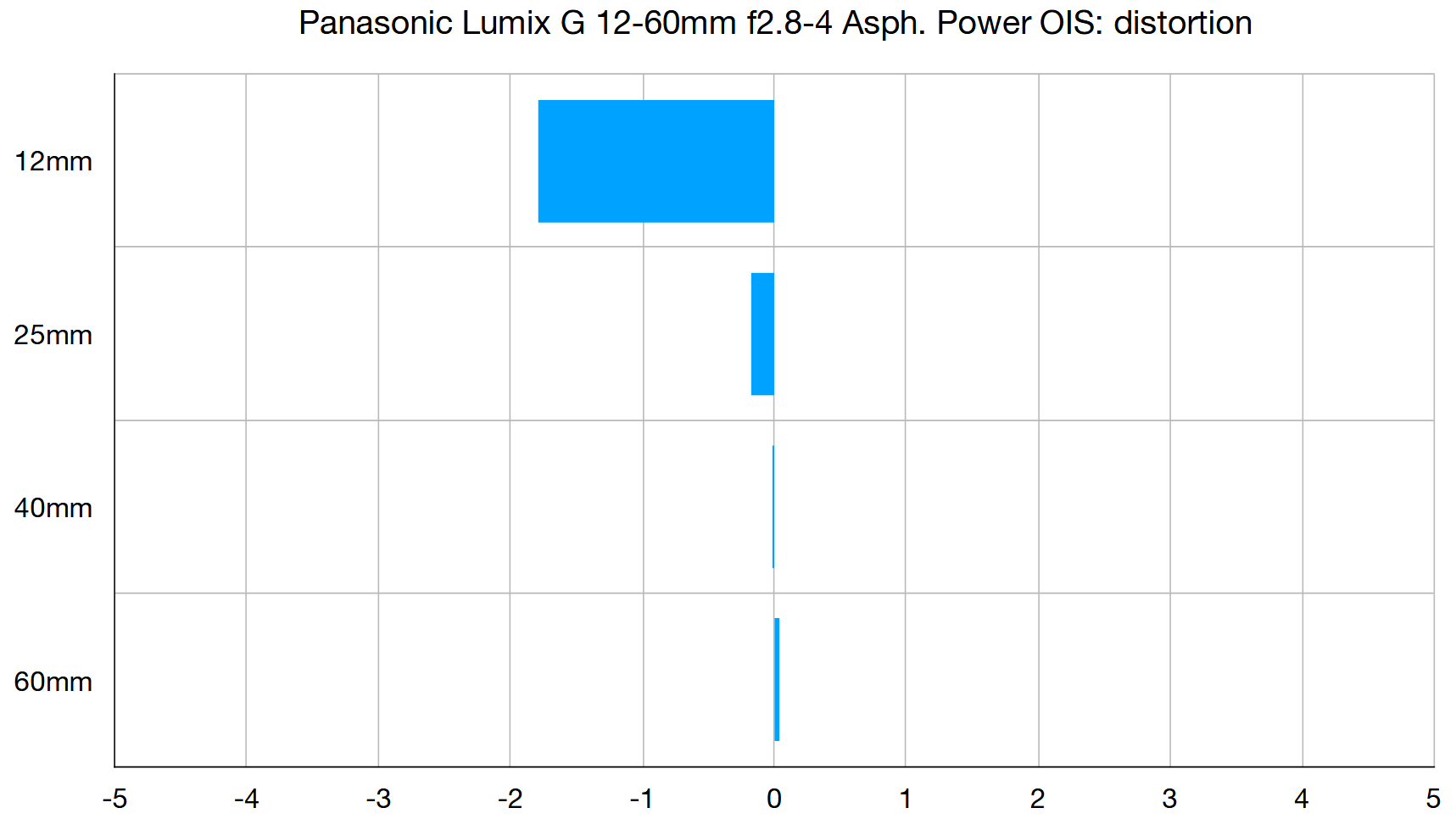
Auto-corrections ensure that you get a very generous zoom range without the usual distortions, although there’s a touch of barrel distortion at 12mm.
Verdict
A modest zoom range with a constant f/2.8 aperture throughout is the preferred option for many enthusiast and professional photographers. Sure enough, this lens offers f/2.8 at the wide-angle end but stretches further into telephoto territory, with a 24-120mm ‘effective’ range in full-frame terms, dropping an f/stop to f/4 along the way. High-end performance and build quality make it a great travel and walkabout lens.
Read more:
• Best camera lenses to get • Best Canon lenses • Best Nikon lenses • Best Sony lenses
Matthew Richards is a photographer and journalist who has spent years using and reviewing all manner of photo gear. He is Digital Camera World's principal lens reviewer – and has tested more primes and zooms than most people have had hot dinners!
His expertise with equipment doesn’t end there, though. He is also an encyclopedia when it comes to all manner of cameras, camera holsters and bags, flashguns, tripods and heads, printers, papers and inks, and just about anything imaging-related.
In an earlier life he was a broadcast engineer at the BBC, as well as a former editor of PC Guide.
